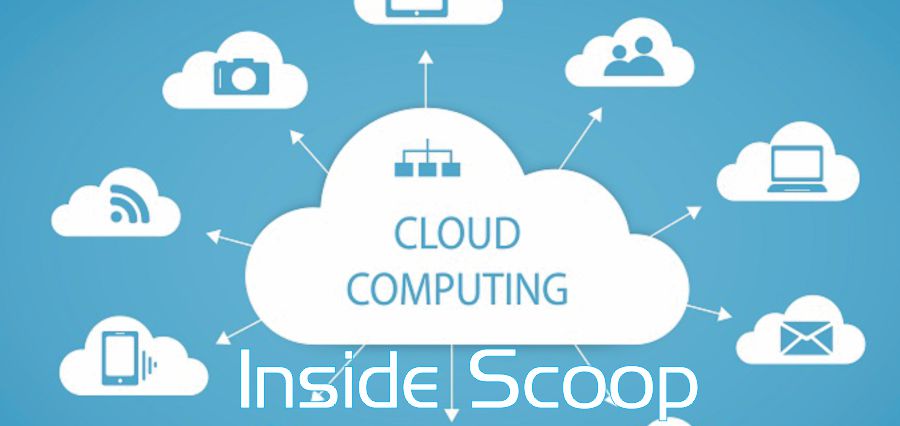The basics of enterprise functionality are being changed by the revolutionary change in the innovative technology. Convergence of enterprise mobility with Cloud Computing, Big Data Analytics and Social Media are affecting the businesses. For a successful business, what an organization need, is the observation of the way employees, partners and customers connect and engage to fulfill business objectives. What organizations can do is to follow the current trends in the real time.
The entrance of Enterprise Mobility in the business is becoming the game-changer of the IT industry. Enterprise Mobility is making critical business data, complex analytics and reports available to the decision makers and executives in no time. Businesses are vastly accepting Mobile Phones and Tablets to gain business profit.
Anytime-anywhere access to the business data, enabling the swift decision making and improved customer service is the result of Enterprise Mobile Device Management (MDM). This technological advancement is making Mobility on Cloud beneficial to the organizations.
Security concerned enterprises are more concentrating on the three critical mobility factors as they evaluate and deploy cloud computing. The three important factors are:
Availability Of Data Anywhere, Anytime
The availability of the flexibility of the mobile workforce is only possible with the enablement of easy access to the cloud-based data and applications from anywhere at any time. The workers today have to travel from one place to another switching between various public, private, wired and wireless networks in order to get access to the corporate applications. Mobile workers have to manually select and connect to the best available network in the given location because of this. This creates a confusion in between the workers what network to select, what policies to apply and etc. just because of the connectivity process is left on the end-users. This whole process is the reason of less productivity on the part of the mobile workers.
Unnecessary Access Costs
Wi-Fi and 3G like technologies are getting used to access cloud-based data and applications by the mobile workers today, from anywhere, on the road, from a hotel or a home office. This is becoming a reason of extra cost, when you are supposed to gain from the cloud computing environment. Most of the time this cost becomes unnecessary, like paying for LAN or Wi-Fi fees when a mobile worker is in an area covered by his paid 3G subscription, using 3G when roaming internationally or using 3G when a free or low-cost Wi-Fi or LAN option is available.
Concern Over Security
Today, many enterprises are investing on endpoint security solutions and corporate VPNs, data compromise is still a big threat for enterprises because of a variety of threats that stem from network bridging, visits to malicious Web sites, download of malicious software, and use of open and unencrypted networks. The process of connecting to wired and wireless networks is a manual, user-driven process makes the risk high. Despite these high risks, enterprises can maintain itself against these risks with the Mobile Policy Management (MPM):
The critical mobility factors of cost control, security and end-user connectivity for cloud-based enterprises, comes under a term, ‘Mobile Policy Management (MPM)’. MPM adds to the overall return on investment of cloud-based initiatives through reduced costs and improved security.
MPM helps enterprises to:
Pre-define Network Prioritization Policies
MPM helps IT to pre-define network prioritization policies and assign specific mobile policies to a given network for cloud and non-cloud data and application access. By automating network selection and mobile access policies, MPM boosts the mobile workforce productivity. Additionally, MPM helps IT to pre-define network selection rules and assign mobile policies to each type of network. MPM solution automatically selects the best available network as defined by IT, connects the user and applies the relevant mobile policies, while the mobile workers roam around. This gives the worker a remote access and connectivity transparent to end-users, saving their valuable time when accessing cloud and non-cloud data and applications.
Enable Cost-Optimizing Network Selection
MPM enables an option of ‘cost-optimizing network selection’ to reduce the cost of mobile data usage by cost-optimizing network selection. Leaving network selection up to the end-user can drive data costs far over budget and create significant cost liabilities, for the enterprises. For an instance, a mobile worker with an unlimited 3G subscription should avoid connecting to, paying for and expensing hotel Wi-Fi when in an area covered by a 3G local provider. For the enterprises benefit, MPM platform avoids unbudgeted data costs by helping IT to define and enforce a network white list, preventing users from adding unsanctioned laptop communications options to their mobile PCs.
Avoid Common Data-Security Threats
The data security threats occur only because of the rogue access points or networks that are in place to lure mobile workers onto them in order for hackers to gain access to corporate data like public Wi-Fi access points in airports labeled “free Wi-Fi” or rogue Wi-Fi placed in proximity to corporate offices. Though there are security solutions working for the same, but of no use. When a mobile worker is working and visiting various places an MPM platform enables IT to dynamically automate and enforce network-specific security policies.
Enterprises who are deploying cloud computing are influencing Mobile Policy Management to gain organization-wide visibility and control over their mobile workforce.
Synchronizing Enterprise Mobility & Cloud Computing


